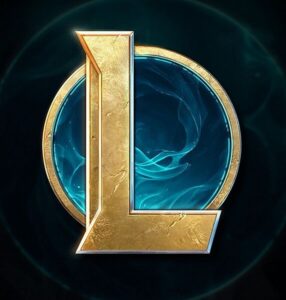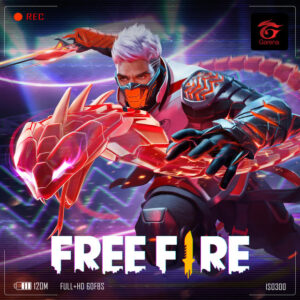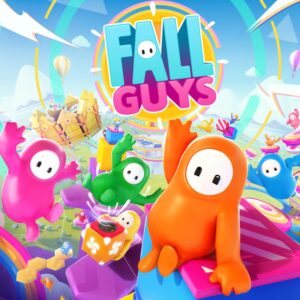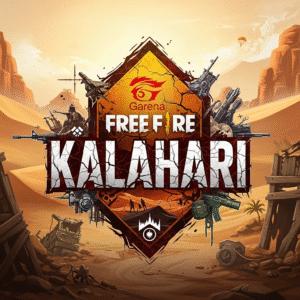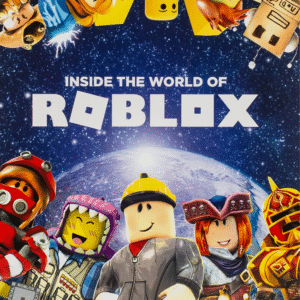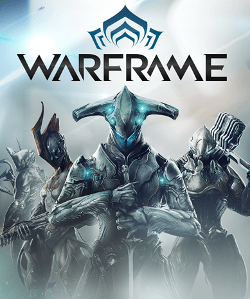The Burden of Perfection: Why the Hype Around Hollow Knight: Silksong Has Me Frozen in Fear
Popular Now
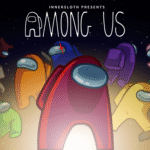 Among Us
Among Us
 Poppy Playtime
Poppy Playtime
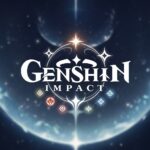 Genshin Impact
Genshin Impact
 Call of Duty
Call of Duty
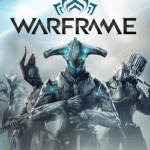 Warframe
Warframe
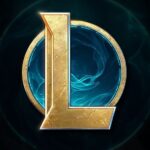 League of Legends
League of Legends
 Valorant
Valorant
 Minecraft
Minecraft
 FIFA 23
FIFA 23
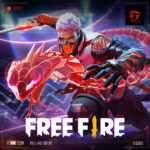 Free Fire
Free Fire
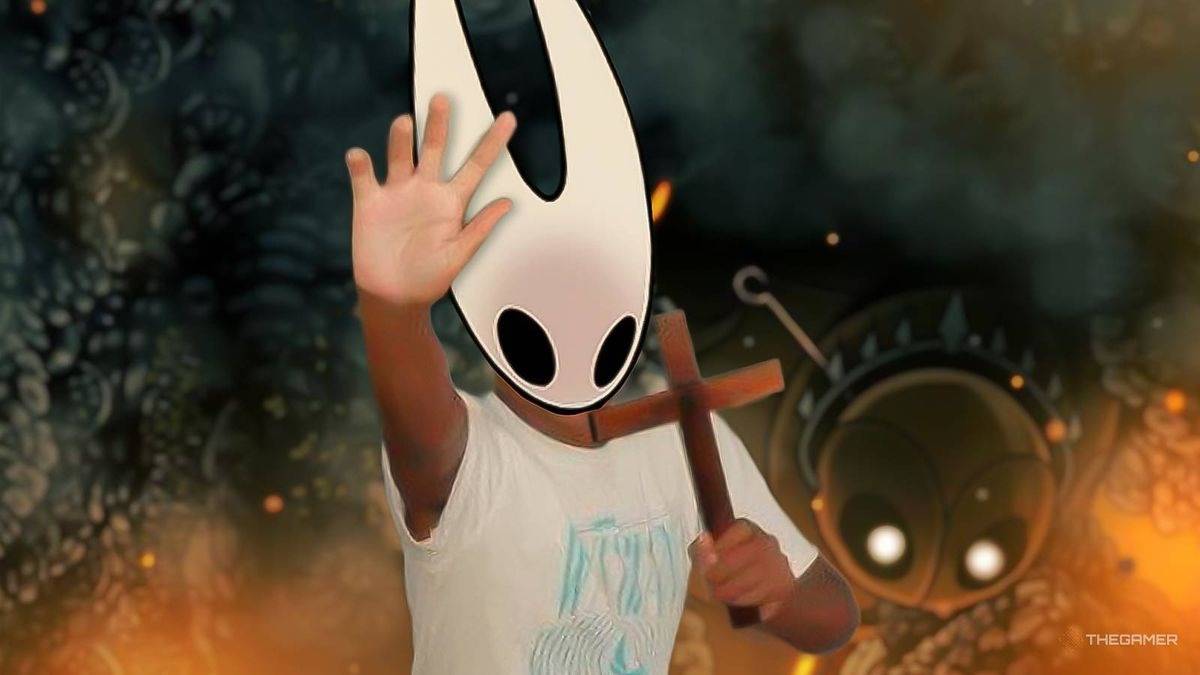
For a gaming community that has waited over half a decade, the release of Hollow Knight: Silksong on September 4, 2025, should have been a moment of pure, unadulterated triumph. And for many, it was. The game has been met with critical acclaim, with a “Very Positive” user rating on Steam and a chorus of praise for its stunning art, deep lore, and refined combat. But for a specific, and perhaps growing, number of players, myself included, the intense discourse and the almost mythological status of this title have created an unexpected side effect: a genuine fear of starting it. The collective anxiety and the “git gud” mentality surrounding the game have transformed a highly anticipated adventure into a daunting challenge, and I find myself too scared to press “New Game.”
The original Hollow Knight was a masterpiece of its genre. A game that perfectly balanced serene exploration with brutal, yet fair, combat. The journey through Hallownest felt personal, a discovery of a forgotten world at your own pace. With Silksong, the conversation is different. The release has been a seismic event, and every social media feed is flooded with discussion about its difficulty, its unforgiving nature, and the sheer challenge it presents. It’s a testament to Team Cherry’s design philosophy, but it also creates a unique kind of pressure for the player.
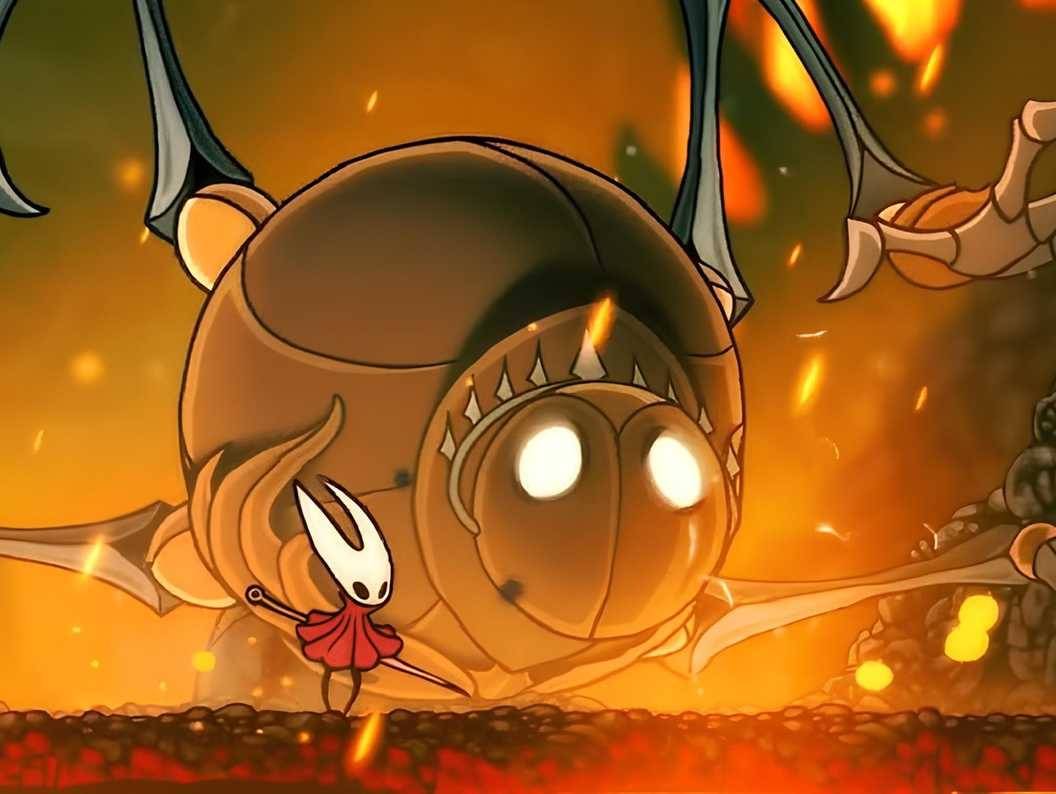 The Echo Chamber of Difficulty: Unpacking the Fear
The Echo Chamber of Difficulty: Unpacking the Fear
The trepidation is not unfounded. The online discourse, from Reddit threads to gaming forums, is dominated by three recurring themes that are, frankly, terrifying to a new player.
- The Difficulty Spike: While Team Cherry stated that Silksong would be comparable in difficulty to the first game, the early consensus is that it is, in fact, significantly harder. Players report being “punched in the face” from the very first hour, with a much steeper learning curve for Hornet’s more acrobatic and technical moveset. The original eased you in; Silksong, by all accounts, throws you into the deep end and expects you to swim.
- The Unforgiving Economy and Runbacks: One of the most common complaints, and a major source of anxiety, is the game’s economy. Rosary Beads, the in-game currency, are required to unlock essential services like benches and fast-travel points. They are also lost upon death, similar to the Soul system in Dark Souls. This has led to widespread frustration over punishing “corpse runs” and the feeling of being punished for struggling. For players who already find the game difficult, losing their progress and essential currency can be a soul-crushing experience.
- The “Git Gud” Discourse: This is perhaps the most insidious aspect. A significant portion of the community responds to any criticism of the game’s difficulty with a dismissive “skill issue” or “git gud” retort. This creates a hostile environment where legitimate critiques about game design—such as the balance of the early-game economy or the frustrating runbacks—are silenced. It makes me feel as though I need to be a competitive-level gamer just to enjoy a single-player adventure, and it removes the joy of discovery and personal challenge.
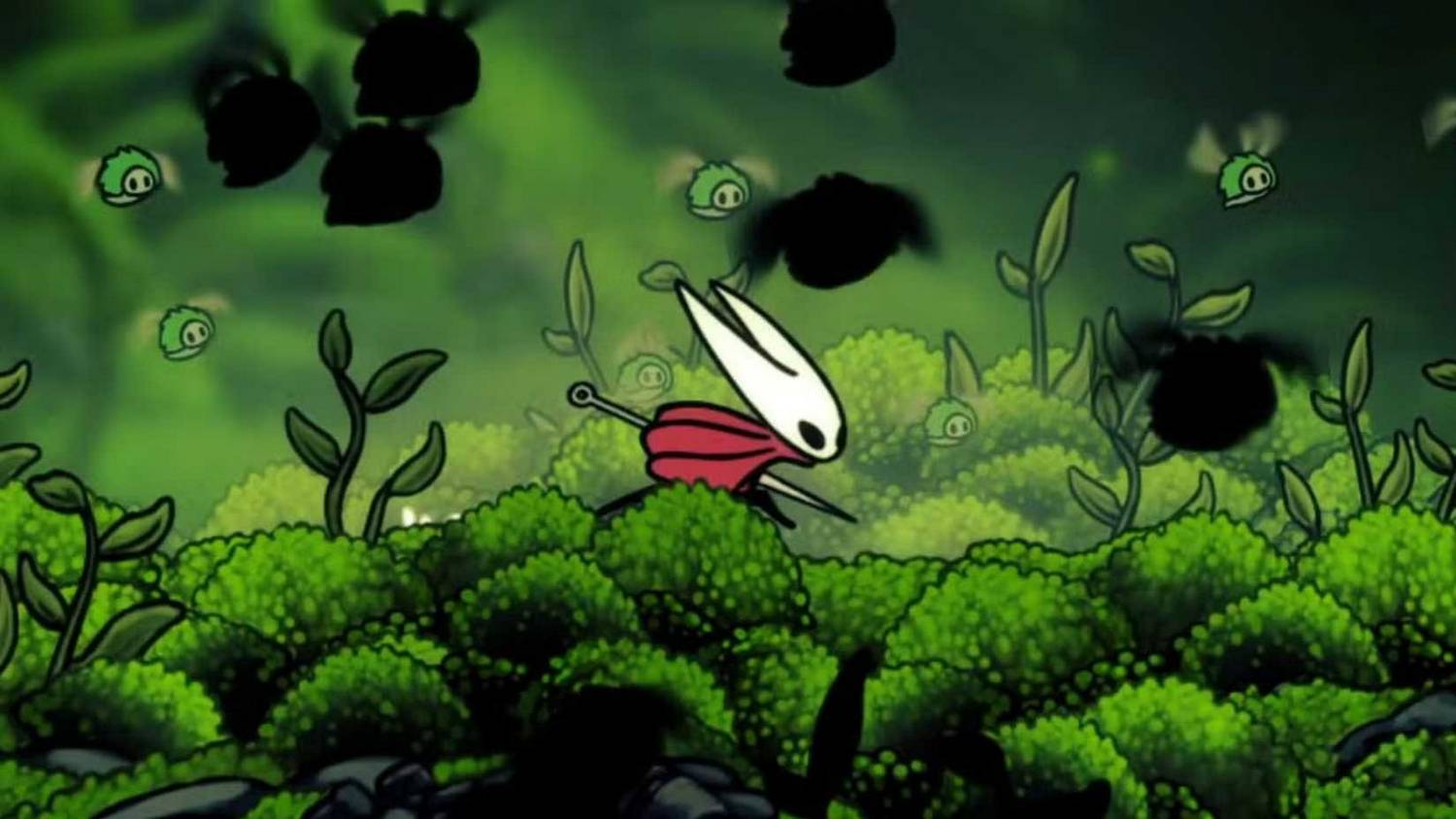 A News-Driven Conundrum: The Value Proposition of a Challenging Title
A News-Driven Conundrum: The Value Proposition of a Challenging Title
From a news perspective, the difficulty of Silksong is a goldmine. The constant debate fuels articles, guides, and YouTube videos. This heightened visibility, however, has a downside. It puts the game on a pedestal of perfection that is impossible for it to live up to. The hype cycle, which has lasted for years, has built Silksong into a mythological beast. Now that it is here, every challenge is scrutinized, and every misstep by a player is seen as a failure of skill, not a design choice. This is particularly relevant given the game’s massive commercial success and its day-one availability on Xbox Game Pass, attracting a huge audience, many of whom may not be veterans of the Metroidvania genre.
The fear is real. It’s the fear of not being good enough. The fear of being a “casual” in a world of hardcore players. The fear that the immense time investment required—with reports of the game being significantly larger than the original—will be wasted on an experience that is more frustrating than it is fun. The irony is that the same qualities that make Silksong a masterpiece—its challenge, its depth, its refusal to hold the player’s hand—are also the source of my paralyzing anxiety.
Confronting the Dread: The Path Forward
I know I must eventually start my journey. The allure of Pharloom, the new abilities, and the promise of another meticulously crafted world by Team Cherry are too strong to ignore forever. But I will do it on my own terms, not on the terms dictated by the overwhelming online discourse. I will go in with the expectation that I will fail, that I will get lost, and that I will probably be frustrated. I will not compare my progress to the speed-runners and the “Git Gud” crowd. My goal will be to simply explore, to learn, and to appreciate the artistry of a game that has been crafted with so much care and attention. I will not let the communal burden of its perfection ruin the experience for me.
The gaming world is a strange place. The same hype and excitement that propel a title to superstardom can also become a cage, trapping players in a cycle of performance anxiety. For now, my copy of Hollow Knight: Silksong remains untouched, a beautiful, daunting masterpiece waiting for me to find the courage to begin. But I will. Eventually.


